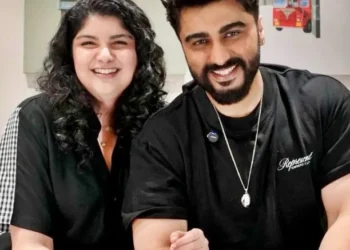Exercise can help stop the build-up of lipids — a type of fat that accumulates as the body’s tissue gets older — and thus aid in reversing ageing, revealed a study Friday.
A team of scientists from Amsterdam University Medical Center (UMC), in the Netherlands, conducted the study on both humans and mice.
Their results, published in the journal Nature Aging, revealed the presence of specific lipids that indicate tissue ageing and which can be decreased through exercise.
“The idea that we could reverse ageing is something that was long considered science fiction, but these findings do allow us to understand a lot more about the ageing process,” said Riekelt Houtkooper, Professor at the laboratory Genetic Metabolic Diseases of Amsterdam UMC.
“Everyone says that ‘it’s just part of getting older,’ but this doesn’t actually have to be true. By understanding more about the ageing process, we can also look into new ways of intervening,” added Georges Janssens, Assistant professor at Amsterdam UMC.
For the study in mice, the team investigated how the composition of fats caused changes in muscles, kidneys, liver, and heart.
They found a type of lipid, the bis (monoacylglycero) phosphates (or BMPs), were elevated in all tissues from the older animals.
The team also found a similar accumulation of BMP in muscle biopsies of older adults. But biopsies after one hour of exercise daily revealed a decrease in the level of BMPs, stressing the importance of exercise.
However, further studies are needed to ascertain the role of physical activity in reversing the process of ageing, the team said.






















